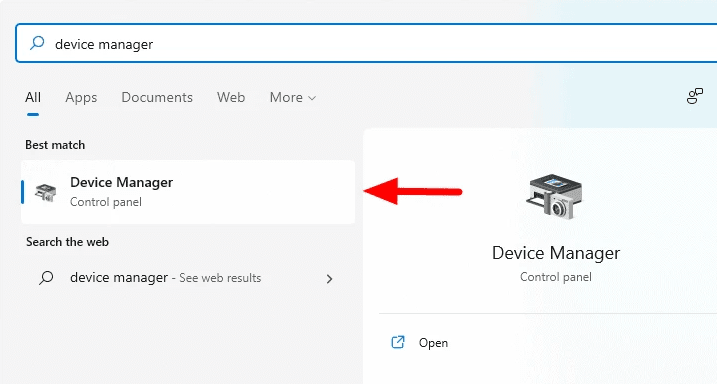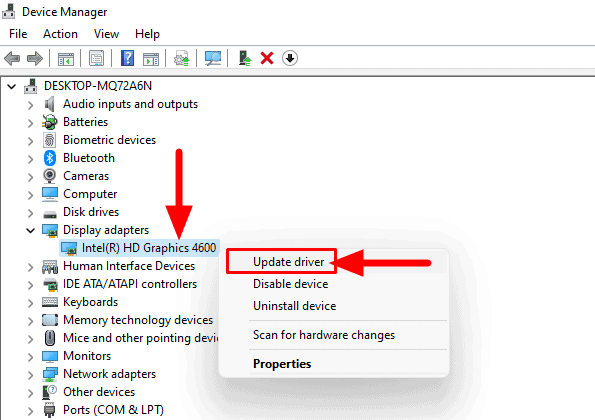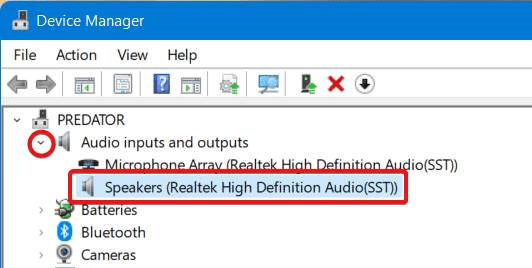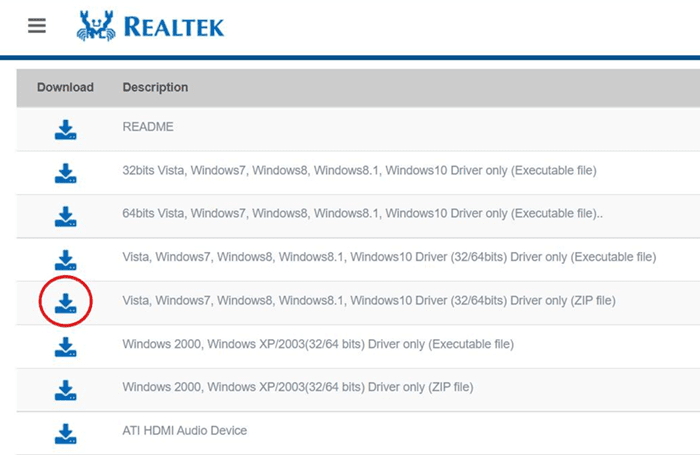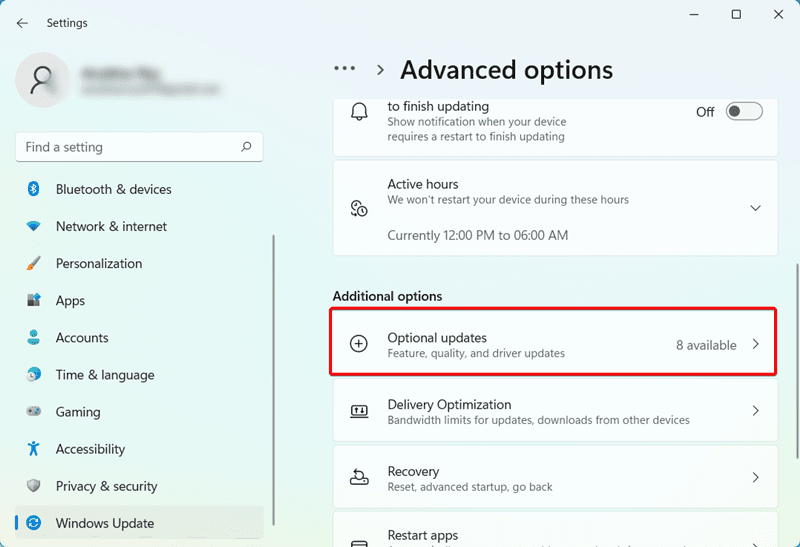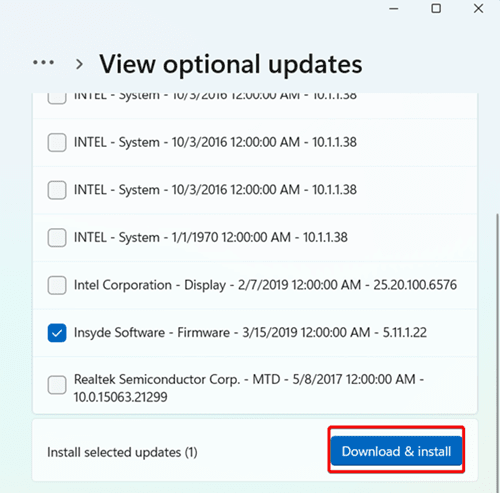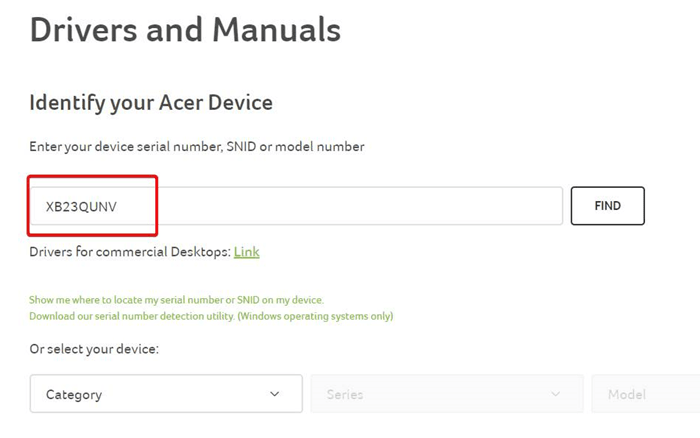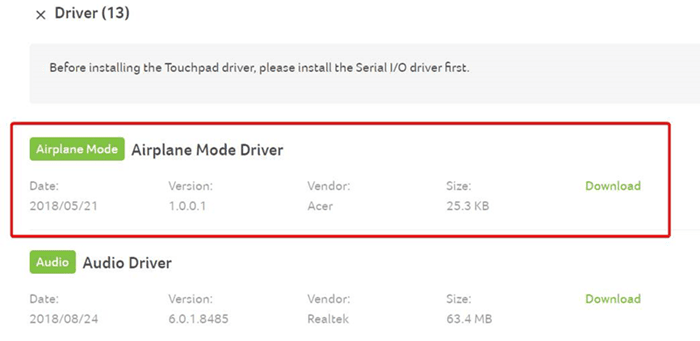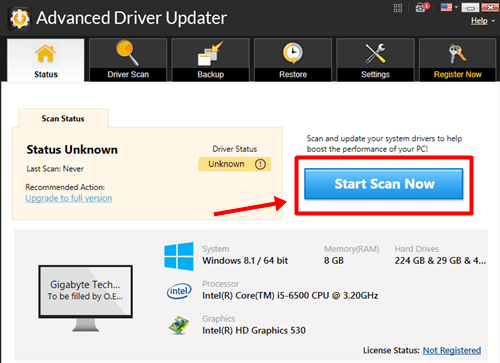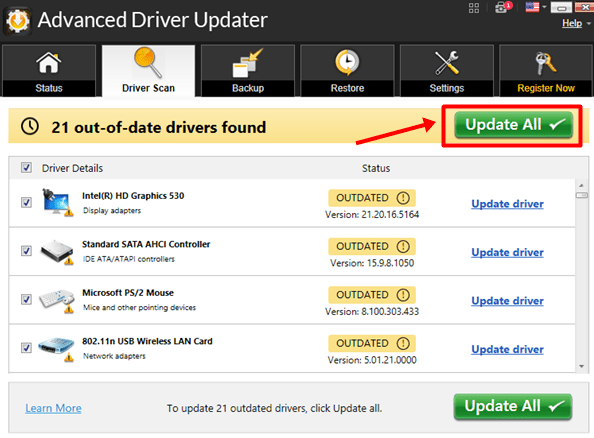Windows Update automatically downloads and installs driver updates for various devices, including cameras, Bluetooth, printers, sound cards, and graphics cards. Additionally, you can manually install drivers using Device Manager, OEM websites, and PC assistant apps.
Although you might never face issues with Driver updates in Windows 11, keeping drivers up to date on your operating system is necessary. Drivers are so important for your computer’s ability to interact with devices smoothly, so you should always keep them up to date.
As many people know, Windows has an inbuilt service that automatically updates drivers in addition to Windows Update. However, there are times when Windows fails to recognize new device drivers, resulting in specific issues. To help you solve these problems, we’ll go over how to update drivers on Windows 11.
Is it Important to Update Device Drivers in Windows 11?
First and foremost, if you are not experiencing any problems, you do not need to update your connected devices or drivers. On the other hand, you can update drivers if you want more features and better system performance, such as while playing games and editing videos.
Furthermore, if you experience issues with Wi-Fi connectivity, system speed, or other issues, updating drivers on Windows 11 is recommended as a possible solution.
Best Ways to Update Drivers in Windows 11
There are four ways to update drivers in Windows 11. The first is the usual device manager, the second is the manufacturer’s website, the third uses the optional update feature in Windows, and the last is the PC assistant apps.
1. Using Device Manager
Using the device manager to update Windows 11 drivers is the old-school way. Users have been doing this for a long time, but now it is a bit inefficient, as it always says, “Your drivers are up to date,” although they are not.
- Click on the Start Menu and search for Device Manager.
- In the Device Manager window, expand the section of drivers you wish to update, suppose Display Drivers.
- Expand display driver and right-click on that driver and click on Update Driver.
That’s it. Your driver will start updating. Wait for a few minutes and restart your PC if it asks to. However, as we already mentioned, this is the old-school way as it always shows that your driver is up to date. Therefore, it is worth moving down to the next option.
2. Using the Manufacturer’s Website
Using the manufacturer’s website is the best way to update drivers. You will get the exact new driver with less susceptibility to errors.
However, you must know the manufacturer of that specific driver you wish to update. Remember that drivers requiring frequent updates are usually Audio and Graphics drivers. We guess you haven’t encountered an error saying your USB driver needs an update.
Follow these steps to download drivers from the manufacturer’s website:
- Suppose you want to update your audio driver. It would be best if you looked out for your driver manufacturer. In most cases, as well as in our case, it is Realtek.
- So head over to Realtek’s website and download the audio driver.
- Following the online instructions, install the Realtek driver.
If prompted, you may need to restart your device. Keep reading for more ways to update drivers in Windows 11.
3. Windows Optional Update
Windows provides driver updates to every PC. The interesting thing is that it provides updates that are actually needed by your device. Windows will suggest drivers based on usage patterns and its own needs.
To download and update drivers using the optional update feature, follow these simple steps:
- Click on the Start button and move to settings.
- In the settings window, click on Windows Update from the left panel.
- Next, click on Advanced Options, followed by Optional Updates.
- Now you will see an option that lists driver updates.
- Check the driver you wish to update and click on Download & Install.
Depending on the update, your PC may require a restart. Keep reading to know the easiest ways to detect and update old drivers.
4. Using PC Assitant Applications
If you are using a PC of a definite brand, such as Acer, Dell, or HP, the brand’s official website provides support for all the necessary drivers that require updates.
However, if you have assembled your PC (parts from different manufacturers, scroll down to the next way), you are out of luck with this method.
- If you have an Acer, Dell, or HP PC (in our case, Acer), go to the official manufacturer’s website.
- Download the PC assistant app by providing your serial number.
- After downloading, proceed with the on-screen instructions to install.
- Once installed, the PC assistant app will suggest the drivers required by your device.
This was one of the easiest ways to update drivers if you have a PC that you have bought from an OEM manufacturer. However, if you have an assembled PC, follow the next method.
5. Download Driver Updater Applications
If your PC has components from several different manufacturers, PC assistants are useless. On the other hand, driver updater applications can help.
In our case, Advanced Driver Updater is one of the best updater tools, helping you download and update drivers with a click.
Follow these simple steps to use Driver Updater:
- Go and download Advanced Driver Updater from their official website.
- Once downloaded, proceed with the installation.
- After installation, run the app and click on Start Scan Now.
- After that, it will show you the list of drivers that need an update. Click on the update button and the updates will start downloading.
- Click on Update All to proceed with the installation.
Once all the driver updates are downloaded, Windows 11 may restart several times. On the downside, you will have to pay a premium for an easy download and update process. You can also go for another best driver updater software for Windows 11 that may be helpful for you.
Well, that’s all we have here about how to download and update drivers in Windows 11. According to us, the best way is to use OEM PC assistant or the Windows Updater tool. Nonetheless, let us know in the comment section which method works best for you.

